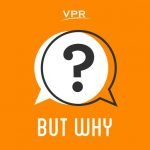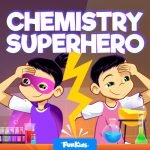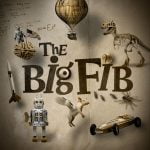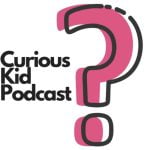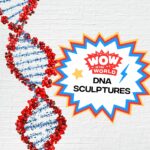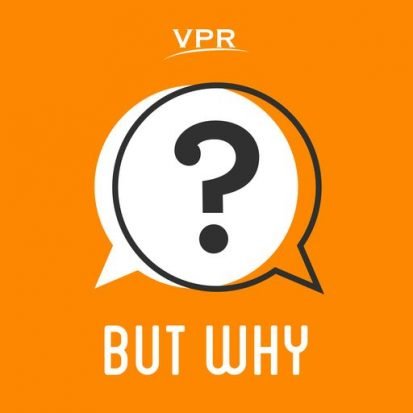
How is cheese made?
Leave a reviewKids love cheese! (So do adults: Americans consume an average of 40 pounds of cheese per person per year.) In this episode we learn how cheese is made and answer all of your cheesy questions: Why are there different types of cheese? Why do cheeses have different flavors? How do you make Colby Jack cheese? How does cheese get its color? And why do we say cheese when we take a picture? We visit the Cabot Cheese factory and talk with Maegen Olsen and Panos Lekkas.
© Vermont Public | 22:31
|Episode: 192 |
Full episode description
 Episode One: But Why: Intro For Adults
Episode One: But Why: Intro For Adults
This is an Episodic show. You can listen to it in any order, but episode one is always a great place to start.Full Episode description
Kids love cheese! (So do adults: Americans consume an average of 40 pounds of cheese per person per year.) In this episode we learn how cheese is made and answer all of your cheesy questions: Why are there different types of cheese? Why do cheeses have different flavors? How do you make Colby Jack cheese? How does cheese get its color? And why do we say cheese when we take a picture? We visit the Cabot Cheese factory and talk with Maegen Olsen and Panos Lekkas.
Download our learning guides: PDF | Google Slide | Transcript
Cheese starts with milk. Cheese is often made with milk from cows or goats, but it can also be made with milk from sheep, buffalo, camels or other mammals. (There’s even a moose-cheese company in Russia!) If the cheese is made in bulk to sell to lots of people, companies will usually run tests on the milk before they turn it into cheese. They want to make sure it doesn’t have bad bacteria or antibiotics in it. The milk is then pasteurized, which means it’s heated quickly and cooled quickly to kill any lurking bad bacteria.
Next cheesemakers will add a starter culture. Starter culture is GOOD bacteria, which will eat the milk sugar (lactose), create lactic acid and drive down the pH of the milk. That helps create curds.
The next step is coagulation! (Coagulation is the process of turning a liquid into a semi-solid or solid.) To coagulate the milk, an enzyme called rennet is added.
Now it’s time to separate the curds from the whey. Cheesemakers will use knives to cut the coagulated milk into chunks known as curds, leaving some liquid behind. That liquid is known as whey. When milk is made into cheddar it gives a 10% yield, meaning 10% of the milk will become cheese and 90% will be left over as whey. Some cheesemakers, like Cabot, use the whey to make protein powders. In other factories it might go to waste.
Next, it’s time to add salt. Salt serves as a preservative and gives the cheese flavor. If it’s a flavored cheese, things like garlic or peppers will be added at this point.
The cheese is then pressed into blocks. At factories like Cabot, they pull the curds into tall towers and then add more and more, creating pressure that forms those curds into solid blocks. Smaller cheesemakers use a cheese press.
In the final step, the cheese is aged. It will sit in a cold storage or cheese cave and just…get older. Cheddar can be aged for years, giving it a stronger flavor. Aging also changes the texture of a cheese like cheddar. It can get more crumbly the older it gets. Once it’s ready, it will be cut, packaged and shipped to stores.
© Vermont Publicbop| Status: Active, 259 episodes | Kind: Episodic | Episode URL
The content, Artwork and advertising within this podcast is not owned or affiliated with Sound Carrot and remain the property of their respective owners.
